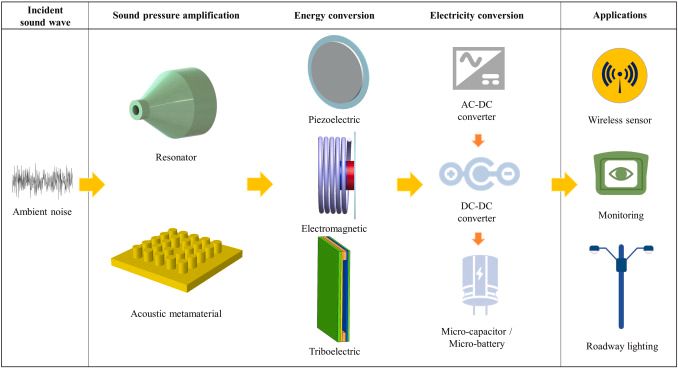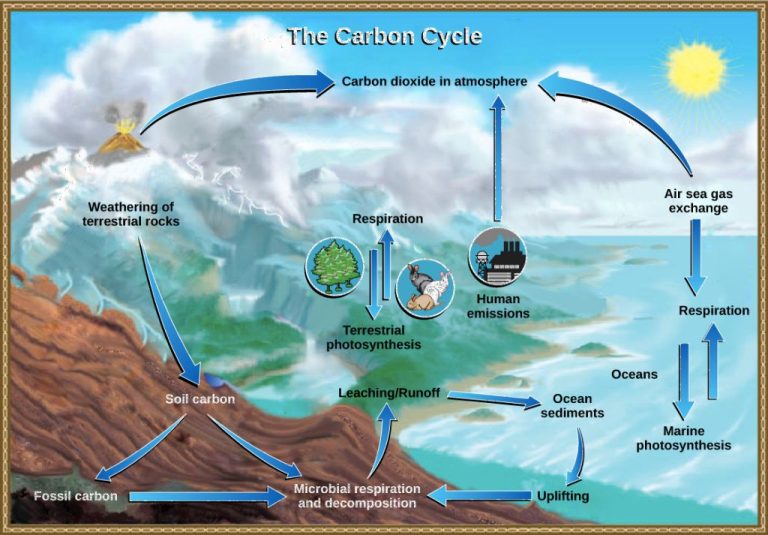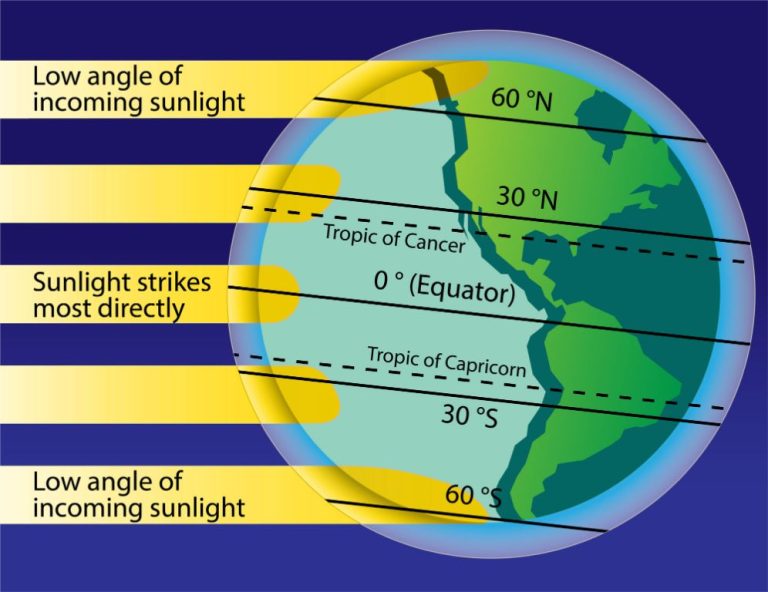Can You Harvest Energy From Sound?
Energy harvesting refers to the process of capturing small amounts of energy from external sources, like light, motion, or ambient heat, and converting that energy into usable electrical energy. Energy harvesting from sound, also known as acoustic energy harvesting, follows the same principle but utilizes sound waves and vibrations as the energy source.
The concept involves capturing the kinetic energy from sound waves and mechanical vibrations and converting it into electricity through the use of specialized materials and devices. The electricity generated can then be used to power small electronic devices and sensors. This provides an alternative way to power devices that would traditionally rely on batteries or a wired power connection.
Potential applications of acoustic energy harvesting include powering wireless sensor networks, IoT devices, wearable electronics, and remote monitoring systems. For example, the technology could enable self-powered sensors embedded into infrastructure like bridges to monitor structural integrity. The mechanics of vibration from traffic and wind could generate electricity to continuously power the sensors. Other possibilities are self-powered hearing aids or earbuds that harvest energy from ambient sounds.
How Sound Can Be Converted to Electricity
Sound energy can be harvested and converted into usable electricity through the piezoelectric effect. Piezoelectric materials generate an electric voltage when mechanical stress or vibration is applied. This is because the atomic structure of these materials is arranged in a way that separates electric charges when deformed or distorted.
Devices called transducers and nanogenerators utilize piezoelectric materials to convert kinetic energy from sound waves into electrical energy. These transducers contain piezoelectric crystals or other materials that produce an AC voltage from the pressure fluctuations of sound. This voltage can then be conditioned, stored, and used to power small electronics.
Nanogenerators are a cutting edge technology that use tiny nanoscale piezoelectric materials, which vibrate and generate electricity when exposed to sound. Arrays of these nanogenerators can harness ambient noise and effectively convert it into usable power through the piezoelectric effect.
Challenges and Limitations
While the idea of harvesting energy from ambient sound is appealing, there are some significant challenges and limitations to developing this technology on a practical scale:
Low efficiency and power output: The amount of energy that can be harvested from ambient noise is relatively small compared to other energy sources. Typical energy harvesting devices produce power measured in microwatts or milliwatts. While microphones and speakers can convert sound to electricity and vice versa fairly efficiently, ambient noise has a much lower intensity, which limits the power that can be derived.
Intermittent noise sources: Effective energy harvesting relies on a consistent noise source, but ambient sounds tend to be sporadic and unpredictable. Devices may work when located near heavy traffic or industrial machinery, but performance would be inconsistent throughout the day as noise levels rise and fall. Solar and wind energy face similar issues with intermittent sources.
Current Research and Technology
There are several promising areas of research focused on harvesting energy from sound through novel materials and device designs:
New materials: Scientists are exploring various materials that can effectively convert sound energy into electrical signals, such as graphene, gallium nitride, and piezoelectric thin films. These materials can be highly sensitive and responsive to sound vibrations.
Sonic crystals: These are lattice structures with repeating patterns that can manipulate sound waves. Sonic crystals with cavities have been used to concentrate sound vibrations and improve energy harvesting.
MEMS: Microelectromechanical systems (MEMS) is an approach to miniaturize components and develop micro-scale devices. MEMS technology allows creation of tiny, sensitive microphone arrays to detect sound vibrations.
Research is also focused on optimizing microphone and transducer designs for converting ambient acoustic noise efficiently into electrical signals.
Case Studies and Applications
Sound energy harvesting technology has been implemented in select real-world applications, demonstrating its viability and potential benefits.
In industrial settings, sound energy harvesters have been tested on manufacturing equipment like hydraulic pumps and air compressors. The noise generated from these loud machines contains abundant vibrational energy that can be captured and transformed into useful electricity to power wireless sensors for predictive maintenance and other IoT devices.
For urban environments, acoustic energy harvesting has been proposed to support smart city infrastructure. Traffic noise from vehicles and other ambient sounds from public spaces could feed small energy harvesters integrated into city assets like streetlights, traffic signals, and surveillance cameras.
Consumer wearable devices are another promising use case. As smart watches, fitness trackers, and audio devices continue trending smaller and more portable, they create demand for micro-scale energy harvesting solutions. Converting sound noises into supplementary power could extend battery life for wearables.
While still an emerging technology, these examples demonstrate acoustic energy harvesting advancing toward commercial viability in industries from manufacturing to consumer tech.
Future Outlook

As researchers and engineers continue improving transducer technology, sound energy harvesting is likely to become more feasible and widely adopted. Sound energy conversion efficiency has room for improvement through techniques like impedance matching between the transducer and electrical circuit. Efficiency gains could make the technology practical for wider applications and devices.
Internet of Things (IoT) devices represent a potential promising new market for sound energy harvesting. Small sensors and devices that require very little power density are well-suited for this technology. Researchers see opportunities for sound energy harvesting powering a network of low power IoT sensors, particularly in loud environments like cities, industrial machinery, and transportation systems. Advances in sound energy conversion could lead to self-powered IoT sensor networks for smart cities and infrastructure.
Economic Viability
The economic viability of harvesting energy from sound is still uncertain due to the high costs and scaling challenges involved. While the technology shows promise, it is not yet cost competitive with more established renewable energy sources like solar and wind power.
One of the biggest economic barriers is that it takes a large array of sound harvesting devices to generate meaningful amounts of electricity. For example, a dance floor with embedded piezoelectric devices may only generate enough power to light up a few LED lights. To power a household would require installing hundreds or thousands of these devices, which becomes prohibitively expensive.
There are also high capital costs associated with researching, developing and producing sound harvesting devices. The piezoelectric materials and nanoscale engineering needed adds to the complexity and costs. More incremental improvements in efficiency and reductions in manufacturing costs will be needed before the technology can be economically viable on a mass scale.
That being said, costs are expected to come down as the technology matures. Some applications like powering small sensors or IoT devices may become cost effective sooner than grid-scale implementations. Overall the economic viability depends greatly on the application and scale of deployment. But more R&D and adoption is still needed to make sound power truly competitive.
Environmental Impact
Harvesting energy from sound has several potential environmental benefits. Since the technology does not require batteries or fuel, it reduces waste from spent batteries. The manufacturing process also has a relatively small carbon footprint compared to other renewable energy sources.
The materials used in sound energy harvesting devices, such as piezoelectric crystals, can be environmentally friendly. These crystals are often made from natural quartz rather than hazardous synthetic materials. This makes them easily recyclable.
In addition, the process of capturing ambient sound waves and vibrations does not introduce any new pollution. It simply takes advantage of vibrations already present in the environment. This makes it a clean energy solution.
With further development, sound could provide an eco-friendly alternative to some battery or fuel-based energy applications. While not without limitations, its environmental advantages are worth considering.
Conclusion
The idea of harvesting usable energy from ambient sound certainly seems promising. As we’ve explored, scientists have made great strides in developing devices and materials that can convert sound waves into electrical energy. However, many challenges and limitations remain before this technology can realistically be implemented on a wide scale.
At this time, the amount of power that can be generated from ambient noise is still extremely small. While this technology holds exciting potential for powering small sensors or electronics, it does not seem feasible yet as an alternative energy source to meet significant power needs. Considerably more research and innovation is required to improve energy conversion efficiency.
Nonetheless, energy harvesting from sound remains an area of active research. With further advances in materials and nanotechnology, it’s possible that in the future this approach may find useful niche applications. If scientists can overcome limitations around low power output, there could be many settings such as factories, cities, or appliances where scavenging vibrational energy from ambient sound may provide supplemental power in an eco-friendly manner.
In summary, while significant challenges remain, energy harvesting from sound waves continues to be an innovative area of research that may lead to new paradigms for low-power applications or complementary energy generation. As materials and devices improve, the outlook for commercially viable implementations remains cautiously optimistic.
References
Acoustic power harvesting. College of Engineering, University of Michigan website.
Retrieved from https://frontiers.umich.edu/projects/acoustic-power-harvesting
Sodano, Henry & Inman, Daniel. (2006). Comparison of Piezoelectric Energy Harvesting Devices for Recharging Batteries. Journal of Intelligent Material Systems and Structures. Retrieved from https://journals.sagepub.com/doi/abs/10.1177/1045389X06061478
Priya, Shashank. (2007). Advances in energy harvesting using low profile piezoelectric transducers. Journal of Electroceramics. Retrieved from https://link.springer.com/article/10.1007/s10832-007-9043-4
Roundy, Shad & Wright, Paul. (2004). A piezoelectric vibration based generator for wireless electronics. Smart Materials and Structures. Retrieved from https://iopscience.iop.org/article/10.1088/0964-1726/13/5/018






